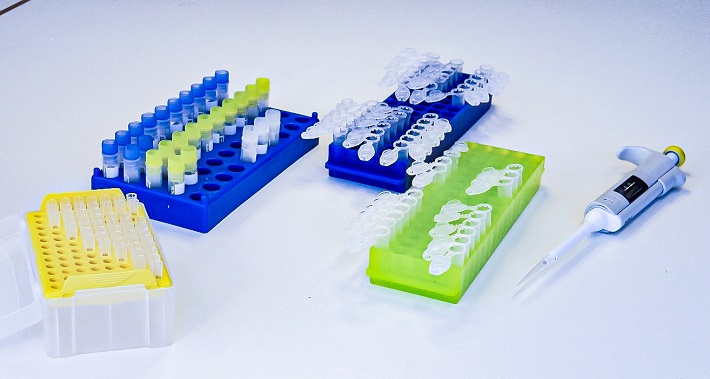Safety testing of drug metabolites is often discussed as ”MIST (metabolites in safety testing) evaluation”, according the guidelines set up by the FDA and ICH. The MIST evaluation is a multi-step approach to ensure human metabolites are safety tested. This can be seen as a MIST toolbox, where each tool is used in a pragmatic approach at the time they become possible and available. It is all about understanding the risk for potential metabolite safety issues early in the development of a candidate drug. In this blog post, Dr Johanna Haglund (Head of Safety Metabolism) sheds light on the metabolites in safety testing theme and how to start the MIST evaluation.
In vitro cross species comparison, why and when?
What is the first tool used in MIST evaluation?
The first time you can get data on the metabolic faith of the compound is already early at the preclinical stage, when the test compound is incubated in vitro with liver microsomes and hepatocytes from different species and analysed using LC/HR-MS techniques to identify the metabolites formed, and to compare the metabolite profiles across the species.
How do you choose species to be included?
For the above-mentioned in vitro studies, one should preferably include human and the general toxicity species (rodent and non-rodent) or even already at this stage potentially also include additional species for cancer and reprotoxicology.
What data will you get from this study?
You will obtain metabolite profiles (a rough estimate of relative levels of metabolites) in each investigated species and metabolite characterisation (”MetID”) on the majority of metabolites depending on their level. Efforts required to pinpoint metabolic transformation site depends on the MS/MS behaviour of the test compound. The data is used to understand the potential major metabolic pathways (soft spots) in human and whether the toxicity species present similar metabolism.
How reliable are these data?
It is a perfect in vitro tool to get the first glance of metabolic behaviour in the different species, but it is extremely important to understand there is no perfect correlation between in vitro and in vivo, neither in quantitative terms nor in qualitative terms. In vitro metabolism studies in subcellular fractions take place in a static system where only a few dimensions of a complex in vivo system are represented. Discrepancies seen are often related to multi-step metabolism (e.g. piperazine metabolism, carboxylation), certain metabolites (e.g. glucuronides) and certain enzymes. In addition, the potential MS response difference, as for all cold compound analyses, should be kept in mind.
Still, this is the best in vitro tool available at this stage before having access to in vivo samples and it will give you an idea on the spots in the molecule prone to metabolise. In addition, data will reveal if major human metabolic pathways occur in other species. At this stage it is impossible to make conclusions about unique and disproportionate metabolites. Therefore, it is important to follow up the in vitro work with first available in vivo samples from toxicity species and human.
Written by Johanna Haglund

